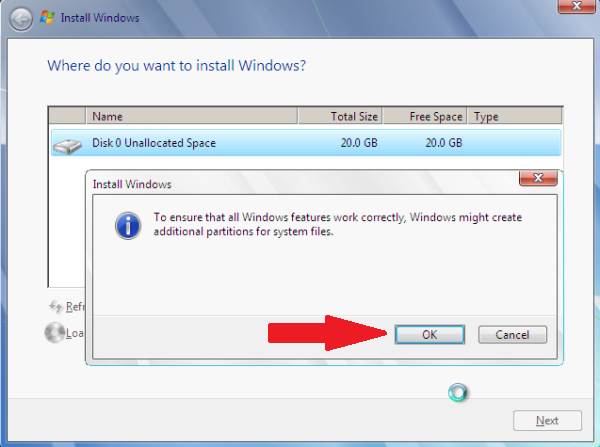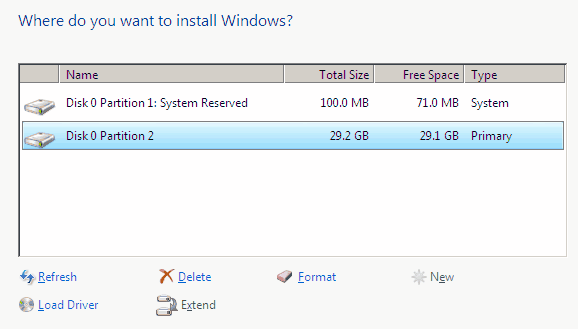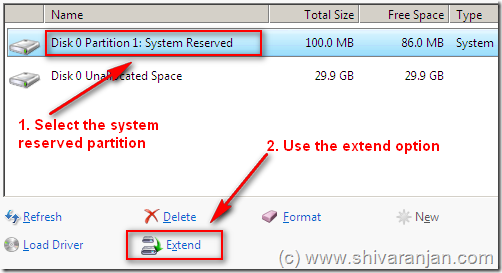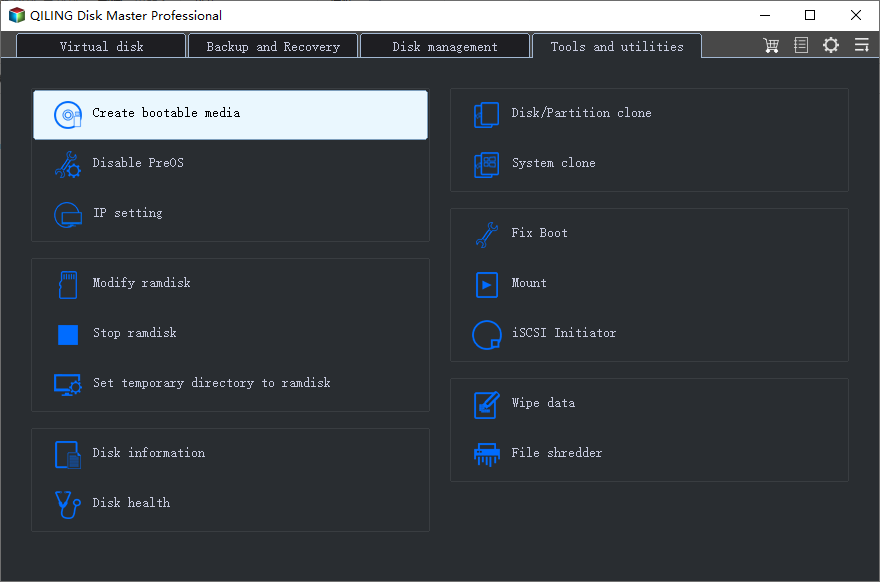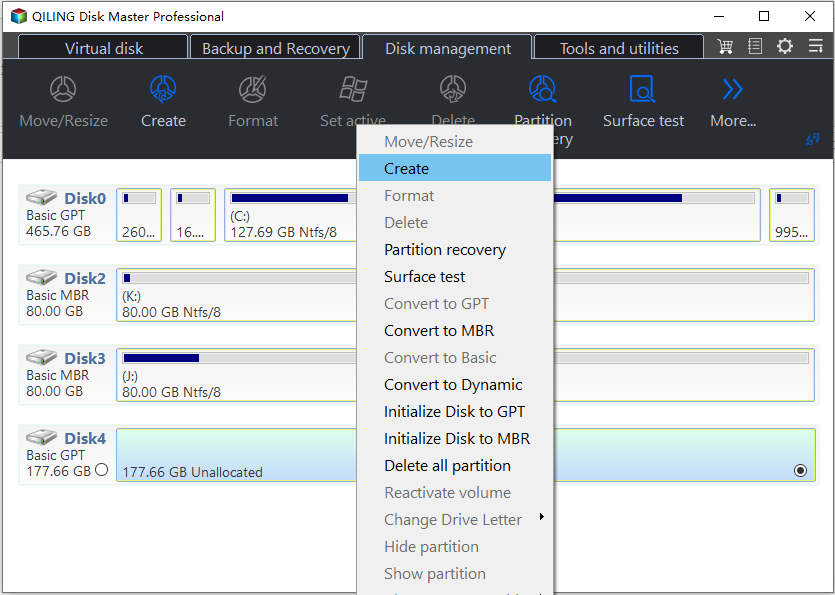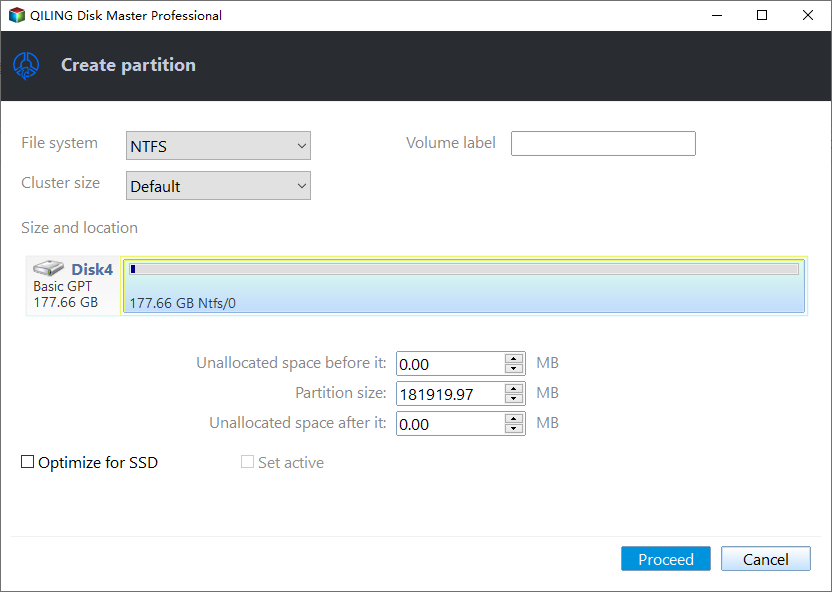What is System Reserved Partition and Can You Delete It in Windows?
What is system reserved partition used for?
In Windows 11/10/8/7, you can find out that there is a system reserved partition without a drive letter in your disk. This partition was generated when you select unallocated space to install windows operating system (OS). The size of this partition is around 100 MB in Windows 7, 350MB in Windows 8/8.1, and 500MB in Windows 10. Someone receives the error message saying We couldn’t update the system reserved partition while trying to upgrade to Windows 10/8. That is because the system reserved partition has no enough space.
To avoid such error, you can extend the system reserved partition before upgrade. Basically, this partition contains boot files including Boot, System Volume Information, bootmgr, BOOTSECT.bak, and $RECYCLE.BIN. So, this small partition is kinda of important.
Can you delete system reserved partition?
When you start up your computer, the Windows Boot Manager will begin to read files from the partition to load Windows. Once the partition was created, you cannot simply delete it without causing trouble. If you need to reduce the number of primary partitions, the system reserved partition should be your last choice to delete. To delete this partition requires very complicated operations, which are not confirmed by Microsoft. Therefore, it is recommended to leave it be if it has been created since it only takes a small amount of space. The appropriate way to get rid of this partition is to stop it from being generated.
How to get rid of the system reserved partition
To prevent this partition from being created, you have to select an existing partition on the hard drive to install Windows. Therefore, you have to create a partition before installing OS. there are 2 ways that you easily can manage. You can choose one of them that suits you.
▶ Extend system reserved partition
1. When you boot Windows installation disc to install Windows on an empty disk (without partitions), you will be prompted to create additional partitions for system files. Just click “OK” to proceed.
2. Now you can see there are two partitions on the disk. Select the Partition 2 (system partition) and then Click “Delete”. Click “OK” to confirm in the next pop out window.
3. In a moment, the Partition will become unallocated space. Select the system reserved partition and click “Extend” to extend the partition with the unallocated space.
4. Click on “format” to format system reserved partition. Then you can select this partition to install Windows.
Besides using Windows Setup to merge these two partitions, you can also create a partition with Diskpart before installing Windows. To access Diskpart before Windows install starts, you can press Shift + X to open a command prompt.
▶ Create partition with third party software
If you need for more advanced options for creating partitions, you can use Qiling Disk Master Professional. Before you do, you need to create a bootable disk with Qiling Disk Master on other computer running Windows.
1. Connect an empty USB drive to another computer with Windows installed on. Download, install and run Qiling Disk Master on that PC as well. Click “Make Bootable Media” under the “Tools”, and follow the prompts to create a bootable USB drive.
2. Boot your computer that needs installing Windows from the Qiling bootable media you have created.
3. Right-click on the unallocated space, and then select “Create Partition”.
4. In the pop out windows, specify the size, location and other parameters of the new partition.
5. Preview the partition layout before making any changes to your hard disk. If you are satisfied with the results, click “Proceed” to apply the changes.
When a system reserved partition is created, you can also use this software to extend or move the system reserved partition without data loss.
Conclusion
Compared with Windows built-in utility, this software gives you a more intuitive interface with more options regarding creating partitions. With either of these methods, the system reserved partition will not be allowed to be created.
Besides, if you can also try other advanced features such as allocate free space, convert dynamic disk to basic, convert primary partition to logical, etc. If you're a server user, Qiling Disk Master Server could be the one. And you can also use Quick Partition feature to quickly create partitions with the pre-set or default parameters.
Related Articles
- Fix System Repair Disc Could not be Created in Windows 11, 10, 8, 7
How to fix system repair disc could not be created problem in Windows 11,10, 8, 7. Read this guide to get the solution. - How to Protect Sensitive Data During Computer Repair | Windows
This article explains the risks your personal files may face while in maintenance, and offers step-by-step tutorial to protect sensitive data during computer repair. - How to Make Norton Ghost Bootable USB Drive in Windows 11/10/8/7
This article provides users with 2 available ways to create Norton Ghost bootable USB. Also, an easier way to create bootable USB for Windows is given. - Solved: How to Recover Data from Corrupted Windows OS
You will learn how to easily recover data from corrupted Windows OS? Get the reason in your case and recover files with corresponding way. Here are 5 ways intotal.
